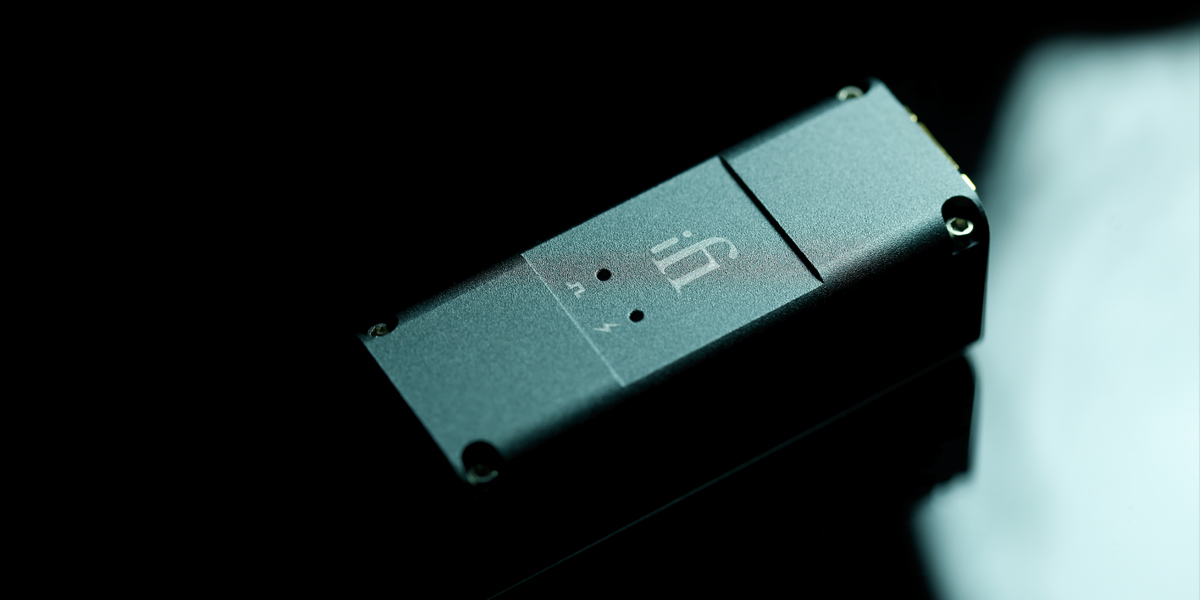The iFi audio company is fairly new in the audio world, yet well-known already. It got into the beam of the spotlight thanks to very affordable and – as far as the sound goes – solid devices. Generous price-to-performance ratio is what it takes to be there. But this firm is also very vocal about USB related issues and handling them in proper fashion, which leads to this review’s main dish – iFi audio iPurifier2. Enjoy!
Introduction
Picture an owner of a very costly USB based stereo setup. It took this aficionado several years to assemble it and he feels that he has finally arrived to a place of happiness. The sensation of urge to change anything isn’t there anymore, which is quite liberating. And there’s also this peculiar awareness that to significantly move up and not sideways, four or five figures would have to be spent even on the smallest upgrade. Ouch. Heck, this paragraph’s hero even covered the accessories part; power conditioning, room treatment, proper rack and all that jazz. In any case, the time has come for him to finally enjoy the well deserved outcome. And out of nowhere someone else appears, most likely a fellow forum user, and tells the man that his work might not be complete yet and that there are some things he still can do without hurting his wallet. Some of them cost a fracture of what he usually spends on his audio hobby but might elevate the experience by a bit. Now please ask yourself this: if you were in our enthusiast’s shoes, wouldn’t you be at least mildly interested? I surely would.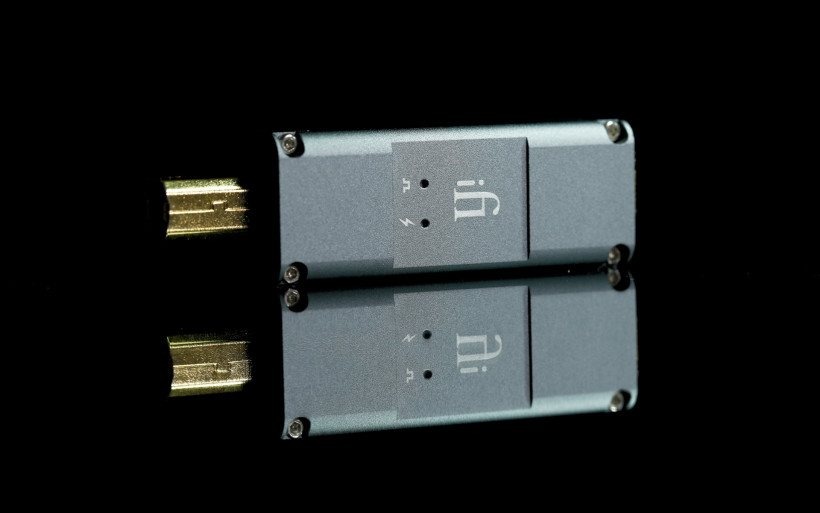 Here iFi audio company comes into play. As far as the USB audio goes, it surely keeps up. The iFi word is spread on a number of forums by this manufacturer’s representatives and its own site. To educate people and not being afraid of inconvenient questions while doing so is how iFi audio rolls since its very early days. This might sound like a smart marketing plan at works and to some degree it in fact is. Yet what’s important is that the USB related hazards awareness is getting constantly spread and iFi audio plays a big part in this scheme. Said interface wasn’t meant for audio in the first place, that’s not a secret. It became one, yet with a number of issues present even today. Major ones can be easily reduced and better sound often times is the audible outcome. Yours truly was there, he’s done that already, please take a look i.e. at this material. Its conclusion was very clear.
Here iFi audio company comes into play. As far as the USB audio goes, it surely keeps up. The iFi word is spread on a number of forums by this manufacturer’s representatives and its own site. To educate people and not being afraid of inconvenient questions while doing so is how iFi audio rolls since its very early days. This might sound like a smart marketing plan at works and to some degree it in fact is. Yet what’s important is that the USB related hazards awareness is getting constantly spread and iFi audio plays a big part in this scheme. Said interface wasn’t meant for audio in the first place, that’s not a secret. It became one, yet with a number of issues present even today. Major ones can be easily reduced and better sound often times is the audible outcome. Yours truly was there, he’s done that already, please take a look i.e. at this material. Its conclusion was very clear.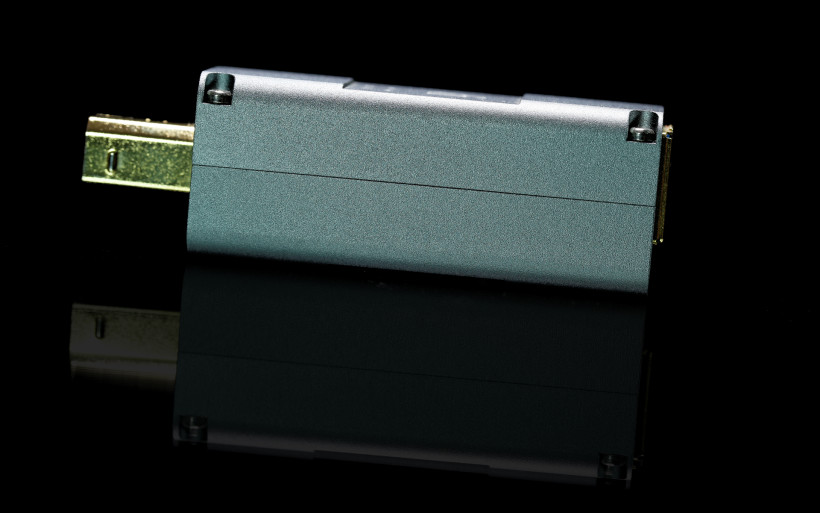 The iFi audio portfolio is full of accessories designed to combat very specific targets, be it grounding (Groundhog and iDefender3.0), USB galvanic isolation (iGalvanic3.0) or USB noise reduction (iSilencer). Moving on, this company’s nano and micro iUSB3.0 decks were built to fix USB in wide spectrum; lower the noise and in effect reduce this protocol’s jitter, correct impedance mismatches, provide clean power and so on so forth. This review’s hero – iPurifier2 – does the same things, but to a smaller degree and obviously for lesser coin. It’s a BMW 1 series of iFi audio, whereas its nano and micro iUSB3.0 versions are 3 and 7 series respectively. Does it work? Now that’s the story yours truly will gladly tell.
The iFi audio portfolio is full of accessories designed to combat very specific targets, be it grounding (Groundhog and iDefender3.0), USB galvanic isolation (iGalvanic3.0) or USB noise reduction (iSilencer). Moving on, this company’s nano and micro iUSB3.0 decks were built to fix USB in wide spectrum; lower the noise and in effect reduce this protocol’s jitter, correct impedance mismatches, provide clean power and so on so forth. This review’s hero – iPurifier2 – does the same things, but to a smaller degree and obviously for lesser coin. It’s a BMW 1 series of iFi audio, whereas its nano and micro iUSB3.0 versions are 3 and 7 series respectively. Does it work? Now that’s the story yours truly will gladly tell.
Build
iFi audio iPurifier2 is not a typical audio deck but a small dongle. It measures (W x H x D) 19 x 20 x 65 mm and weighs mere 29 grams. That’s literally nothing, but – considering its application – such small size is quite beneficial. The product is meant to be connected to a USB cable and then plugged into source’s USB input directly. Point being, iPurifier2 can’t be too heavy as USB type B interface isn’t very reliable mechanically, the connection itself is quite loose and our English product doesn’t fix that. Established connection is wobbly, which is hardly any surprise. But iPurifier2 meets the necessary industry standards, that’s the important part.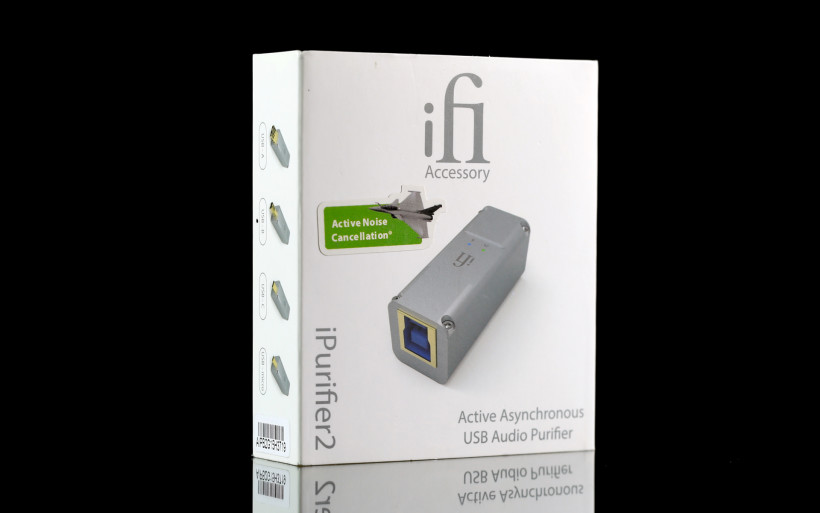 The iPurifier2 sent to me is very nicely made and at the same time it’s quite surprising how solid audio product one can buy these days for ~$100. It’s rather impossible to say otherwise when CNC-milled and then sandblasted aluminium two-piece chassis is the case. In the price realm this low, one usually thinks of plastic enclosure as that’s the most likely scenario, hence anything more solid is a positive surprise and aluminium also fulfils shielding duty. The shell made out of this material is put together via four hex screws. Yep, it’s not glued. Subjectively I consider this as yet another plus, simply because the device looks more solid. My guess is that it’ll survive not one but many floor encounters.
The iPurifier2 sent to me is very nicely made and at the same time it’s quite surprising how solid audio product one can buy these days for ~$100. It’s rather impossible to say otherwise when CNC-milled and then sandblasted aluminium two-piece chassis is the case. In the price realm this low, one usually thinks of plastic enclosure as that’s the most likely scenario, hence anything more solid is a positive surprise and aluminium also fulfils shielding duty. The shell made out of this material is put together via four hex screws. Yep, it’s not glued. Subjectively I consider this as yet another plus, simply because the device looks more solid. My guess is that it’ll survive not one but many floor encounters. The product looks very simple. At one end it sports female USB type B socket and its male version is visible at the other. Both are gold plated and loaded with black and blue plastic innards. Usually the latter color indicates USB3.0 readiness, but iPurifier2 has a USB2.0 chip inside. Moving on, vast majority of desktop audio decks exploit the USB type B sockets, hence it’s factual to say that this writing’s main device is actually a small extender of a typical USB cable. Still, its manufacturer used to cover as many bases as possible and said product can be also purchased with A, C and micro type plugs instead of the most common one. This means that iPurifier2 can work with i.e. audiophile servers equipped with flat USB outputs. Heck, it’ll handle even external HDDs and printers if one wishes to. How so? Well, USB protocol is bi-directional. Just plug iPurifier2 whenever it fits and it’ll do the job. Additionally, our small bugger can serve as a signal enhancer. Three of these between four USB cables? Yes, this will work, data stream will be passed to an output device with no issues. At least so I’ve been told.
The product looks very simple. At one end it sports female USB type B socket and its male version is visible at the other. Both are gold plated and loaded with black and blue plastic innards. Usually the latter color indicates USB3.0 readiness, but iPurifier2 has a USB2.0 chip inside. Moving on, vast majority of desktop audio decks exploit the USB type B sockets, hence it’s factual to say that this writing’s main device is actually a small extender of a typical USB cable. Still, its manufacturer used to cover as many bases as possible and said product can be also purchased with A, C and micro type plugs instead of the most common one. This means that iPurifier2 can work with i.e. audiophile servers equipped with flat USB outputs. Heck, it’ll handle even external HDDs and printers if one wishes to. How so? Well, USB protocol is bi-directional. Just plug iPurifier2 whenever it fits and it’ll do the job. Additionally, our small bugger can serve as a signal enhancer. Three of these between four USB cables? Yes, this will work, data stream will be passed to an output device with no issues. At least so I’ve been told.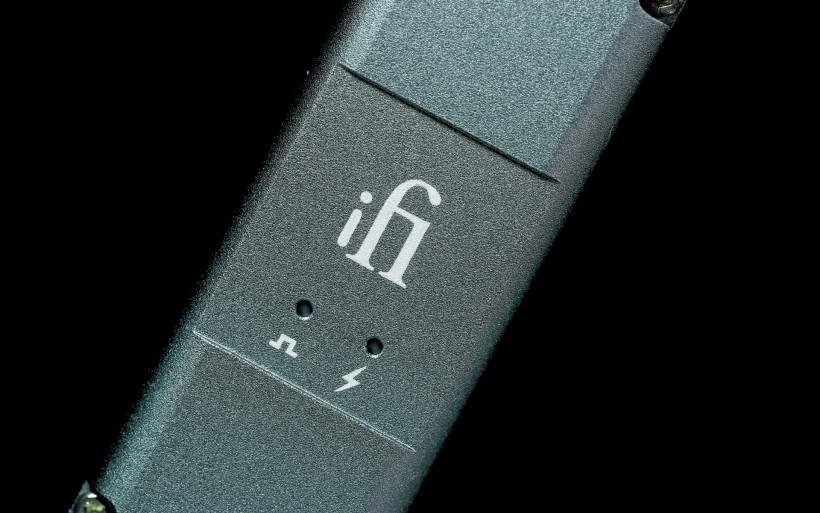 Moving on, in a small recession on our hero’s front there are two LEDs visible. One shows data stream whereas the other indicates power on. Flip the product and some writings are found in the same place. These are actually names given to proprietary tech, which iFi audio exploits in its devices. Although very small, iPurifier2 has several of them embedded. ANC stands for Active Noise Cancellation. Yes, active and not passive. In the iFi audio case it means that signal opposite to power noise is added to the mix and heavyweight noise suppression is the outcome. Next in line are REclock, REbalance and REgenerate terms. Essentially the data stream is handled by oscillators inside iPurifier2, DC offset is removed next and then is repeated via reclocking. Yes, our device is indeed a handy, very mobile reclocker packed in a fancy enclosure, which also happens to be PCM/DXD/DSD ready and sold for coin considered in today’s audio world as pennies. Reclocking feature also explains why it can act as a connector between two USB cables.
Moving on, in a small recession on our hero’s front there are two LEDs visible. One shows data stream whereas the other indicates power on. Flip the product and some writings are found in the same place. These are actually names given to proprietary tech, which iFi audio exploits in its devices. Although very small, iPurifier2 has several of them embedded. ANC stands for Active Noise Cancellation. Yes, active and not passive. In the iFi audio case it means that signal opposite to power noise is added to the mix and heavyweight noise suppression is the outcome. Next in line are REclock, REbalance and REgenerate terms. Essentially the data stream is handled by oscillators inside iPurifier2, DC offset is removed next and then is repeated via reclocking. Yes, our device is indeed a handy, very mobile reclocker packed in a fancy enclosure, which also happens to be PCM/DXD/DSD ready and sold for coin considered in today’s audio world as pennies. Reclocking feature also explains why it can act as a connector between two USB cables.
Sound
In order to review the iPurifier2, a number of setups was used. Two main sources exploited were LampizatOr Golden Gate (Psvane WE101D-L + KR Audio 5U4G Ltd. Ed.) and AMR DP-777SE, whereas Xonar Essence III was used from time to time. As per usual, Asus UX305LA handled transport duty. This is the only piece of the puzzle that remained the same. Who knows? Perhaps if a better and ‘properly audiophile’ machine was used instead, the confession down below would have been different? I can’t say. In any case, amps on duty during the iPurifier2 exercise were Trilogy 925, FirstWatt F7, Thöress F2A11 and Sanders Sound Systems Magtech. Reflector Audio Bespoke P15, Boenicke Audio W8, PureAudioProject Trio10 Timeless and DeVore Fidelity Orangutan O93 were the usual suspects as far as the last stop in the audio chain goes. Listening can often times prove to a listener that there’s no such thing as certainty in audio. Still, it’s correct to say that iPurifier2 acts similarly to iUSB3.0 reviewed here. That’s certain. Even ‘on paper’ it makes sense as both devices share the same tech and were designed to fix the same issues. Why to bother with this chapter then? Wouldn’t it be better to jump straight to conclusion instead? Well, the former product has proven its worth during longer time span and with greater number of configurations. This gave me even more insight about what iFi audio does with USB in general.
Listening can often times prove to a listener that there’s no such thing as certainty in audio. Still, it’s correct to say that iPurifier2 acts similarly to iUSB3.0 reviewed here. That’s certain. Even ‘on paper’ it makes sense as both devices share the same tech and were designed to fix the same issues. Why to bother with this chapter then? Wouldn’t it be better to jump straight to conclusion instead? Well, the former product has proven its worth during longer time span and with greater number of configurations. This gave me even more insight about what iFi audio does with USB in general.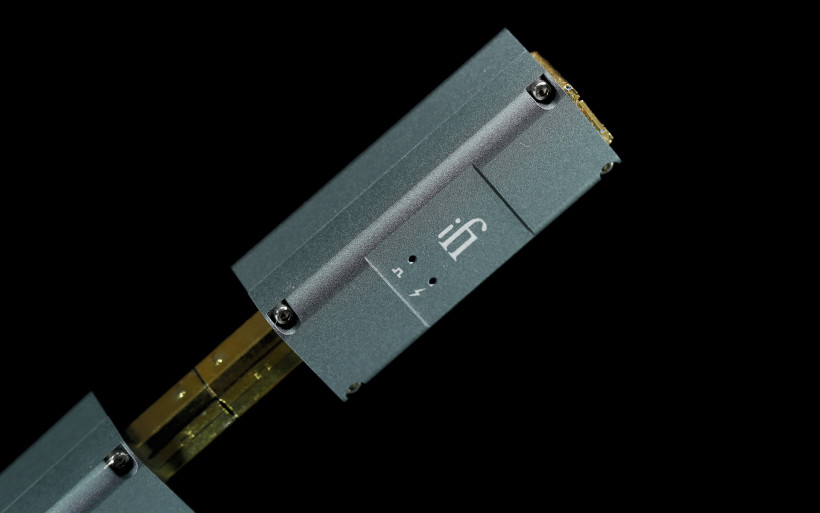 Let’s talk about intensity of changes iPurifier2 provides. In short, this dongle’s presence in the audio chain is audible. To my ears less so than when iUSB3.0 was around, yet not slight. Far from it in fact and the more resolving setup I’ve used, the more noticeable English USB sorting service was. If I had to frame described experience in a 0-10 intensity scale, iUSB3.0 would achieve the highest score, whereas its much smaller sibling I’d place somewhere around 7 or so. This product somewhat shifts the meta in music, yet it doesn’t obviously impact the usual suspects; density, dynamics or tonal balance in general. Now not one but many individuals might scratch their heads and say in dismay that if the above mentioned ‘big things’ are untouched or not addressed in any way, then iPurifier2 does almost nothing if anything at all. Wrong.
Let’s talk about intensity of changes iPurifier2 provides. In short, this dongle’s presence in the audio chain is audible. To my ears less so than when iUSB3.0 was around, yet not slight. Far from it in fact and the more resolving setup I’ve used, the more noticeable English USB sorting service was. If I had to frame described experience in a 0-10 intensity scale, iUSB3.0 would achieve the highest score, whereas its much smaller sibling I’d place somewhere around 7 or so. This product somewhat shifts the meta in music, yet it doesn’t obviously impact the usual suspects; density, dynamics or tonal balance in general. Now not one but many individuals might scratch their heads and say in dismay that if the above mentioned ‘big things’ are untouched or not addressed in any way, then iPurifier2 does almost nothing if anything at all. Wrong.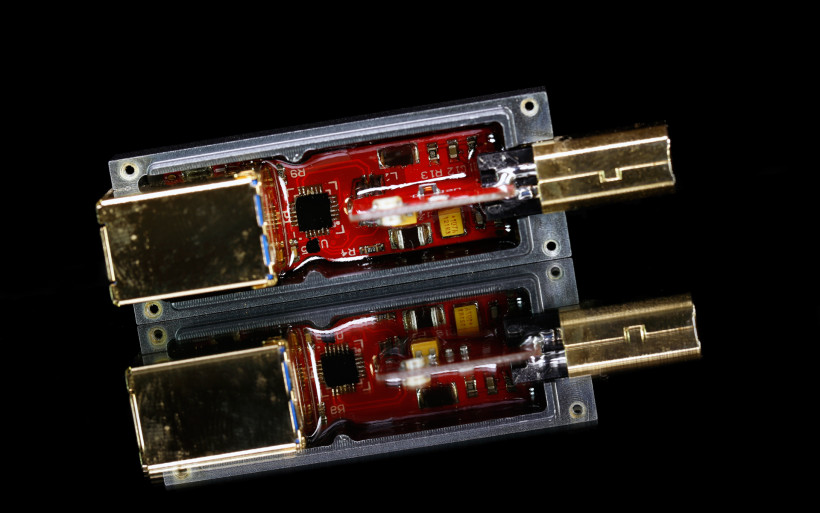 The key is in several aspects at first sight not as obvious as the most prominent ones. To look for changes in less visible places is the angle this time around and the so-called background is one of them. It became less grainy and somewhat darker with iPurifier2, yet this happened without any change in the amount of FR upstairs. This alone not only makes quite the difference, but also impacts the outcome in several ways. This might sound familiar as I’m deliberately repeating myself here. These observations were already a part of my iUSB3.0 writing, yet are valid now as well. In any case, the iPurifier2 magic is quite predictable, just as its older and bigger brother is. One knows what to expect, hence a setup can be adjusted accordingly. If additional smoothness injection, greater imaging, more precise layers’ differentiation and, well, making the outcome more audiophile alike aren’t desired, to move along is also an option. To picture a scenario which wouldn’t benefit from these fine tweaks is a task to behold. But hey, it’s a free world, once can do what he pleases as long as no bystander gets hurt.
The key is in several aspects at first sight not as obvious as the most prominent ones. To look for changes in less visible places is the angle this time around and the so-called background is one of them. It became less grainy and somewhat darker with iPurifier2, yet this happened without any change in the amount of FR upstairs. This alone not only makes quite the difference, but also impacts the outcome in several ways. This might sound familiar as I’m deliberately repeating myself here. These observations were already a part of my iUSB3.0 writing, yet are valid now as well. In any case, the iPurifier2 magic is quite predictable, just as its older and bigger brother is. One knows what to expect, hence a setup can be adjusted accordingly. If additional smoothness injection, greater imaging, more precise layers’ differentiation and, well, making the outcome more audiophile alike aren’t desired, to move along is also an option. To picture a scenario which wouldn’t benefit from these fine tweaks is a task to behold. But hey, it’s a free world, once can do what he pleases as long as no bystander gets hurt.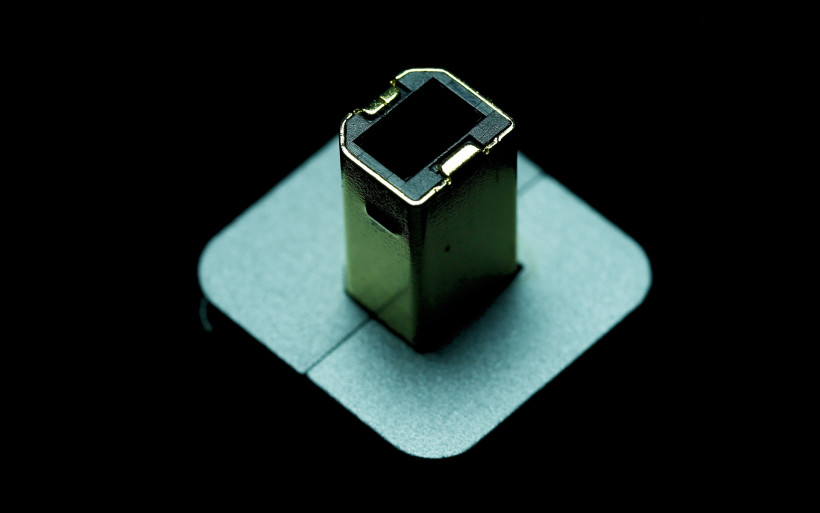 iFi audio iPurifier2 made the outcome more refined, less rough and simply moved the audiophile barrier a fair step higher, which can be easily considered as an improvement with no drawbacks. Not a single aspect of quality decreased was found. At the same time it’s difficult for me to imagine a scheme where iPurifier2 would break something. Probably because it does its job in a very non-invasive way and doesn’t turn things upside down in any aspect. It doesn’t overcook the outcome, final refinement/polishing touches are its game. Imagine a RAW picture made by skilled photographer. When he looks at it on his DSLR’s small screen, it seems fine at first. Yet when viewed on a properly calibrated panel, some things to work on are easily seen, be it exposure, white balance and so on. No heavyweight post-processing but a number of slight yet noticeable adjustments here and there is at works, which leads to subjectively more pleasing and objectively better looking picture. In a nutshell, iPurifier2 serves as these several Photoshop adjustments. To translate this into properly audiophile lingo, refinement is the most suitable descriptive measure here. And let me stress again that it’s actually quite surprising what happens when all vital aspects in music along with its vivid tissue remain intact, yet excessive grain is gone.
iFi audio iPurifier2 made the outcome more refined, less rough and simply moved the audiophile barrier a fair step higher, which can be easily considered as an improvement with no drawbacks. Not a single aspect of quality decreased was found. At the same time it’s difficult for me to imagine a scheme where iPurifier2 would break something. Probably because it does its job in a very non-invasive way and doesn’t turn things upside down in any aspect. It doesn’t overcook the outcome, final refinement/polishing touches are its game. Imagine a RAW picture made by skilled photographer. When he looks at it on his DSLR’s small screen, it seems fine at first. Yet when viewed on a properly calibrated panel, some things to work on are easily seen, be it exposure, white balance and so on. No heavyweight post-processing but a number of slight yet noticeable adjustments here and there is at works, which leads to subjectively more pleasing and objectively better looking picture. In a nutshell, iPurifier2 serves as these several Photoshop adjustments. To translate this into properly audiophile lingo, refinement is the most suitable descriptive measure here. And let me stress again that it’s actually quite surprising what happens when all vital aspects in music along with its vivid tissue remain intact, yet excessive grain is gone.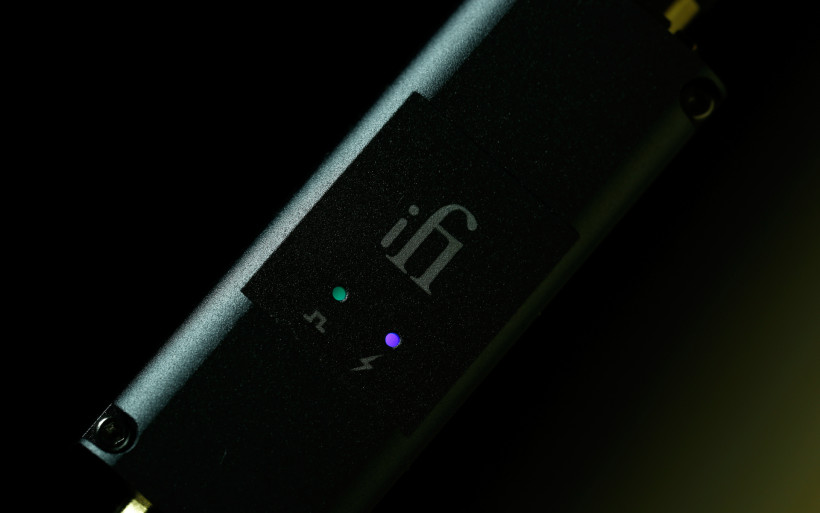 As far as equipment goes, iPurifier2 influenced the sound in the most noticeable way when Reflector Audio Bespoke P15 giants were used. This product acts like a magnifying glass for music, but is very lively on top of all else and utterly impressive in general. Actually this model was the reason why I’ve started to tinker with some of the most affordable iFi audio products. After hearing clearly what was on with Bespoke P15 and iPurifier2, the decision was made to dig deeper. Boenicke Audio W8 and Sanders Sound Systems Magtech net also quite resolving outcome, hence the English product for the second time around quite easily increased the experience. The system with Trilogy 925 instead of the latter was lesser beneficiary, yet no drawbacks happened in both cases. Moving on, DeVore Fidelity Orangutan O93 and Thöress F2A11 combo arrived recently and also sounded subjectively better with iPurifier2 than without. This setup turned out to be very surprising in general, separate review is in the pipeline. For now I can only say that – on the contrary to initial assumptions – it’s very transparent. Perhaps this is it? Perhaps iPurifier2 boasts its features to a degree this audible only when connected to quite informative company? Even though one set of speakers is not an indication of a certain pattern, gutsy and colorful PureAudioProject Trio10 Timeless showed that this might be the case. Even though the iPurifier2 pulled its usual stunts, the effect wasn’t as strong as with previous setups. Still audible, yes. But not as clear as with Bespoke P15 fed by custom made monos for example.
As far as equipment goes, iPurifier2 influenced the sound in the most noticeable way when Reflector Audio Bespoke P15 giants were used. This product acts like a magnifying glass for music, but is very lively on top of all else and utterly impressive in general. Actually this model was the reason why I’ve started to tinker with some of the most affordable iFi audio products. After hearing clearly what was on with Bespoke P15 and iPurifier2, the decision was made to dig deeper. Boenicke Audio W8 and Sanders Sound Systems Magtech net also quite resolving outcome, hence the English product for the second time around quite easily increased the experience. The system with Trilogy 925 instead of the latter was lesser beneficiary, yet no drawbacks happened in both cases. Moving on, DeVore Fidelity Orangutan O93 and Thöress F2A11 combo arrived recently and also sounded subjectively better with iPurifier2 than without. This setup turned out to be very surprising in general, separate review is in the pipeline. For now I can only say that – on the contrary to initial assumptions – it’s very transparent. Perhaps this is it? Perhaps iPurifier2 boasts its features to a degree this audible only when connected to quite informative company? Even though one set of speakers is not an indication of a certain pattern, gutsy and colorful PureAudioProject Trio10 Timeless showed that this might be the case. Even though the iPurifier2 pulled its usual stunts, the effect wasn’t as strong as with previous setups. Still audible, yes. But not as clear as with Bespoke P15 fed by custom made monos for example.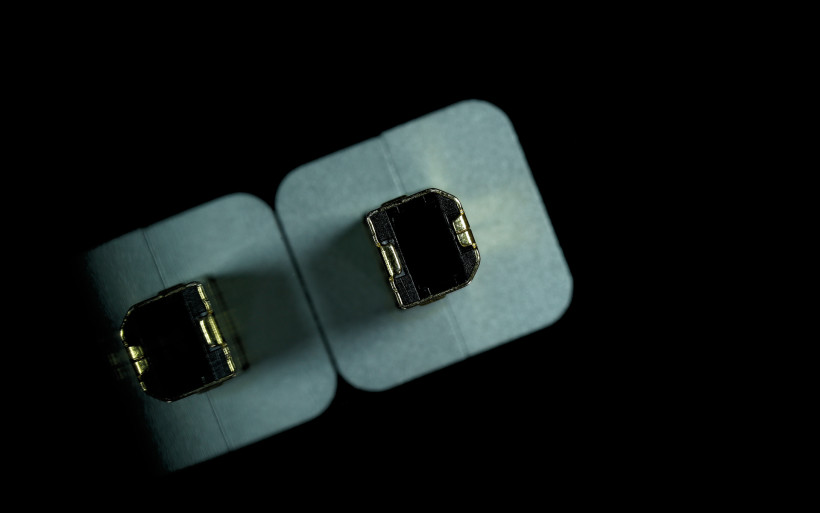 Sources were next in line. The most noticeable iPurifier2 presence happened with my Polish reference, which is very resolving. Xonar Essence III benefited from our dongle too. With the deck by Asus, the above mentioned scenario happened once more, namely the experience wasn’t as intense but still heard. And finally, AMR DP-777 was used with a number of speakers and amps listed above. iPurifier2’s input each time around wasn’t as potent as with previous sources, I’d say quite mild or very subtle and iFi audio people informed me about this. There’s a valid reason why this happened. Their d/a converters exploit tech used in this review’s hero, which makes sense. Case closed then.
Sources were next in line. The most noticeable iPurifier2 presence happened with my Polish reference, which is very resolving. Xonar Essence III benefited from our dongle too. With the deck by Asus, the above mentioned scenario happened once more, namely the experience wasn’t as intense but still heard. And finally, AMR DP-777 was used with a number of speakers and amps listed above. iPurifier2’s input each time around wasn’t as potent as with previous sources, I’d say quite mild or very subtle and iFi audio people informed me about this. There’s a valid reason why this happened. Their d/a converters exploit tech used in this review’s hero, which makes sense. Case closed then.
Summary
iFi audio micro iUSB3.0’s input was heard loud and clear a while ago and knowing what iPurifier2 is, the expectations in case of this product were limited. Being fully aware that the former is way above the latter, this assumption was – dare I say – legitimate. And now, after several months spent with micro iUSB3.0’s smaller sibling I can only write that this product simply works great. Less with AMR audio deck than machines made by other manufacturers, but it does the job.
It’s reasonable to ask where’s the catch, as there always has to be one. Well, yours truly wasn’t able to find any. The product is nicely made, very affordable, it addresses issues that are still rarely solved, works as intended and its manufacturer’s return policy is generous on top of all else. All things considered, I encourage everyone out there who rolls with USB audio to at least give this little critter a try. It matters not what’s your setup value, iPurifier2 won’t bite. To try it is a very smart thing to do and if you like the outcome, to move up along those lines sounds like a solid plan. At least that’s what this scribe intends do to once iGalvanic3.0 arrives. The rumor has it that – along with micro iUSB3.0 – this is the best and the most complex USB treatment in the iFi audio portfolio. ‘Till next time!
Associated equipment:
- Amplifiers: Sanders Sound Systems Magtech, FirstWatt F7, Trilogy 925, Thöress F2A11
- Digital source: Lampizator Golden Gate (Psvane WE101D-L + KR Audio 5U4G Ltd. Ed.), AMR DP-777SE, Xonar Essence III
- Speakers: Boenicke Audio W8, Reflector Audio Bespoke P15, DeVore Fidelity Orangutan O93, PureAudioProject Trio10 Timeless
- Speaker cable: Audiomica Laboratory Celes Excellence
- Interconnects: Audiomica Laboratory Erys Excellence
- Power delivery: Gigawatt PF-2 + Gigawatt LC-2 MK2 + Forza AudioWorks Noir Concept/Audiomica Laboratory Ness Excellence
- Equipment rack: Franc Audio Accessories Wood Block Rack
- Music: NativeDSD
- Playback platform: Roon
Retail price of reviewed component in EU:
- iFi audio iPurifier2: €109
Manufacturer: iFi audio


